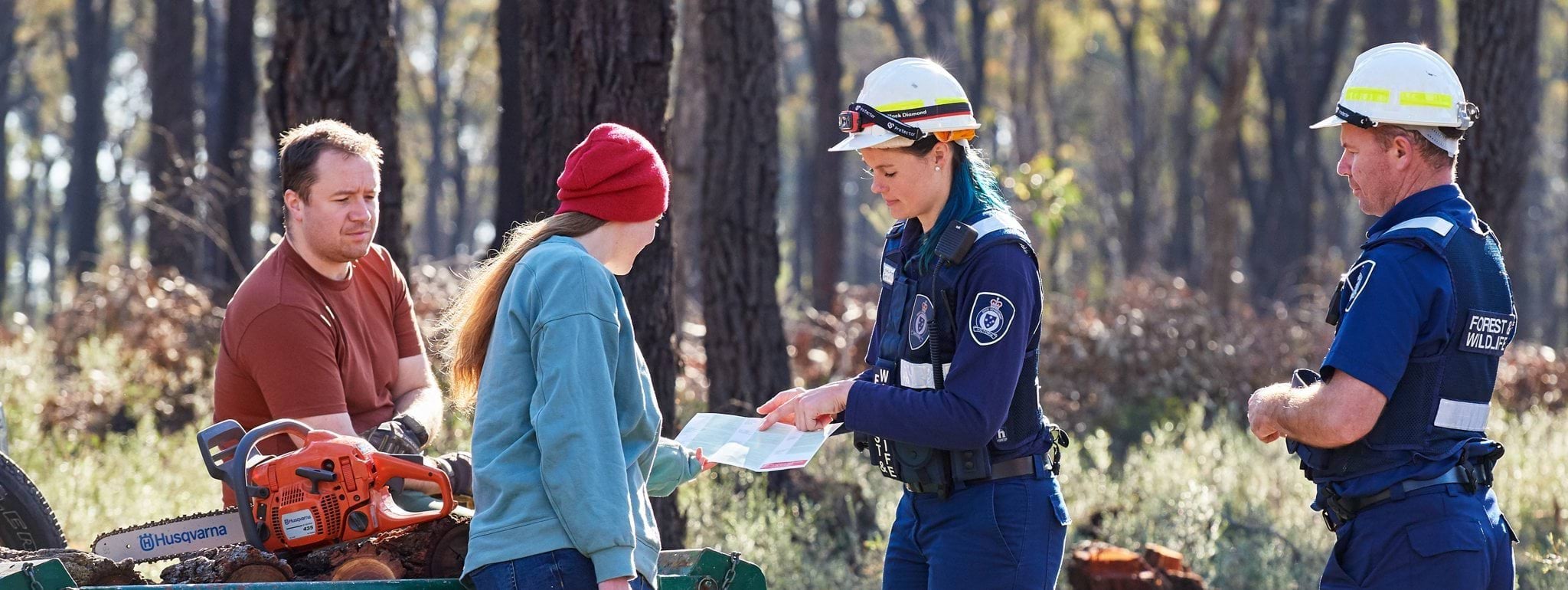Cost of living
Victorians continue to experience cost of living pressures. Increased energy and home heating costs are driving demand for firewood resources, while housing shortages and regional migration rates are changing land use patterns. We expect these trends to continue as cost of living pressures and population growth remain.
Climate variability
Ecosystems across the state remain vulnerable as they recover from recent extreme weather events. Back-to-back La Niña events brought temporarily cooler and wetter conditions, resulting in increased fuel loads across the state and flooding impacts along the Ovens, Goulburn, Loddon and Murray River systems. These conditions are likely to change as Victoria is expected to experience reduced rainfall and warmer temperatures as atmospheric circulation shifts to an El Niño event in the second half of 2023.
Visitation rates
We continue to see year-on-year increases in visitation rates to public land across the state. Research shows that people who connect with nature are more likely to protect the natural environment, and spending time in nature increases health and wellbeing. This is a great opportunity for the Conservation Regulator to support visitors to enjoy their natural areas while ensuring the long-term health of Victoria’s forests, parks, and reserves.
Biodiversity decline
Consecutive state and federal ‘State of the Environment’ reports show our biodiversity is declining, and the number of threatened species is increasing. Climate change, habitat loss and degradation, and invasive species are the key threats to Victoria’s biodiversity. Australia’s commitment to the ‘COP15: Kunming-Montreal Global Biodiversity Framework’ includes taking urgent action to halt and reverse biodiversity loss by 2023 and reducing extinction risk by 2050.
Wildlife welfare
The number of reports of illegal destruction or injuring of wild native animals is increasing, and the Conservation Regulator is concerned with the number of breaches of wildlife licences and authorities. Instances constituting cruelty, neglect or mistreatment are particularly concerning. Long-term declines in the populations of threatened species underpin the need for proactive action to protect Victoria’s most vulnerable native species.
Updated
